Aug 3, 2025
Israel's Control of Airdropped Aid: Limited Flights and Loads Permitted Over Gaza
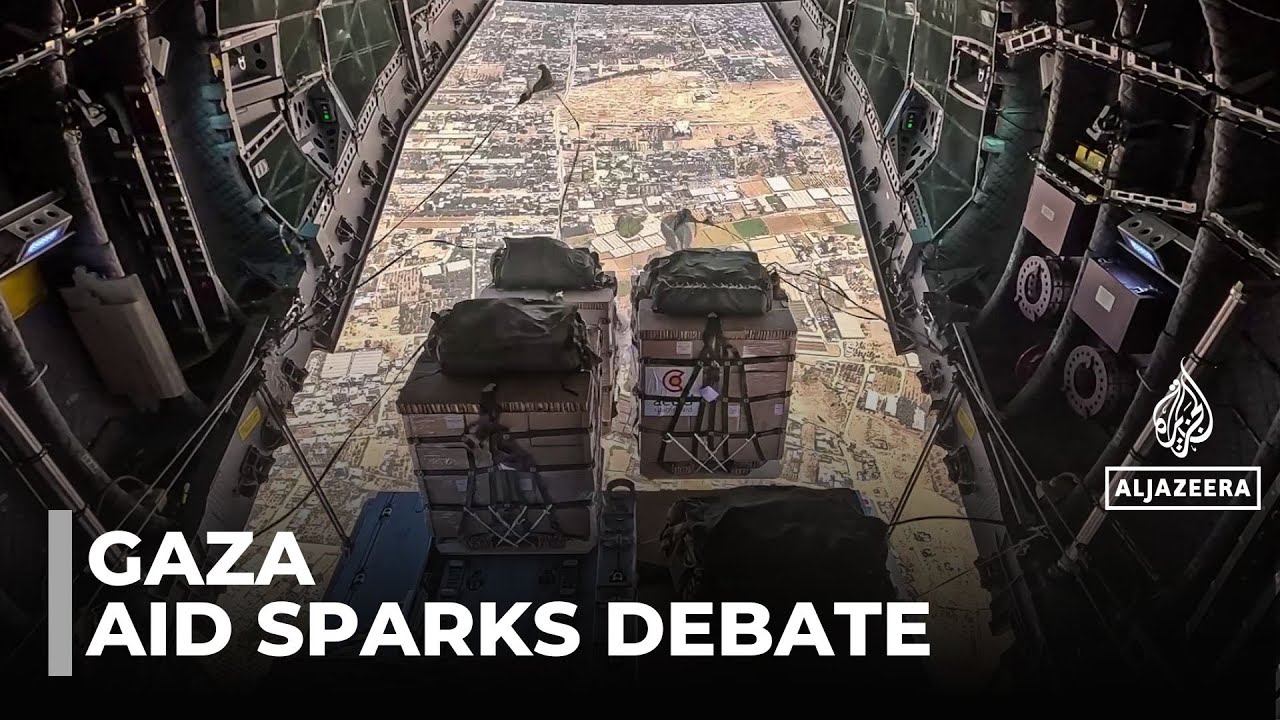
In the midst of an escalating humanitarian crisis in Gaza, international airdrops of aid have been resumed under strict control by Israel. While these airdrops are intended to alleviate hunger among the starving Palestinian population, they have drawn sharp criticism from aid agencies and those on the ground. The reality of life in Gaza during these aid drops paints a far grimmer picture than the public image of help arriving from the skies.
Table of Contents
- The Harsh Reality of Airdropped Aid in Gaza
- Criticism of Airdrops: Ineffective and Dangerous
- International Involvement and Israeli Control
- The Broader Context: Starvation as a Weapon
- Conclusion
- Frequently Asked Questions (FAQ)
The Harsh Reality of Airdropped Aid in Gaza
Every day, Palestinians in Gaza sprint desperately towards falling pallets of food, using their last reserves of energy for a slim chance at sustenance. These airdrops, meant to be a lifeline, often end in chaos and humiliation. Aid packages frequently crash and break upon landing, forcing people to sift through sand, scraping whatever remnants they can find.
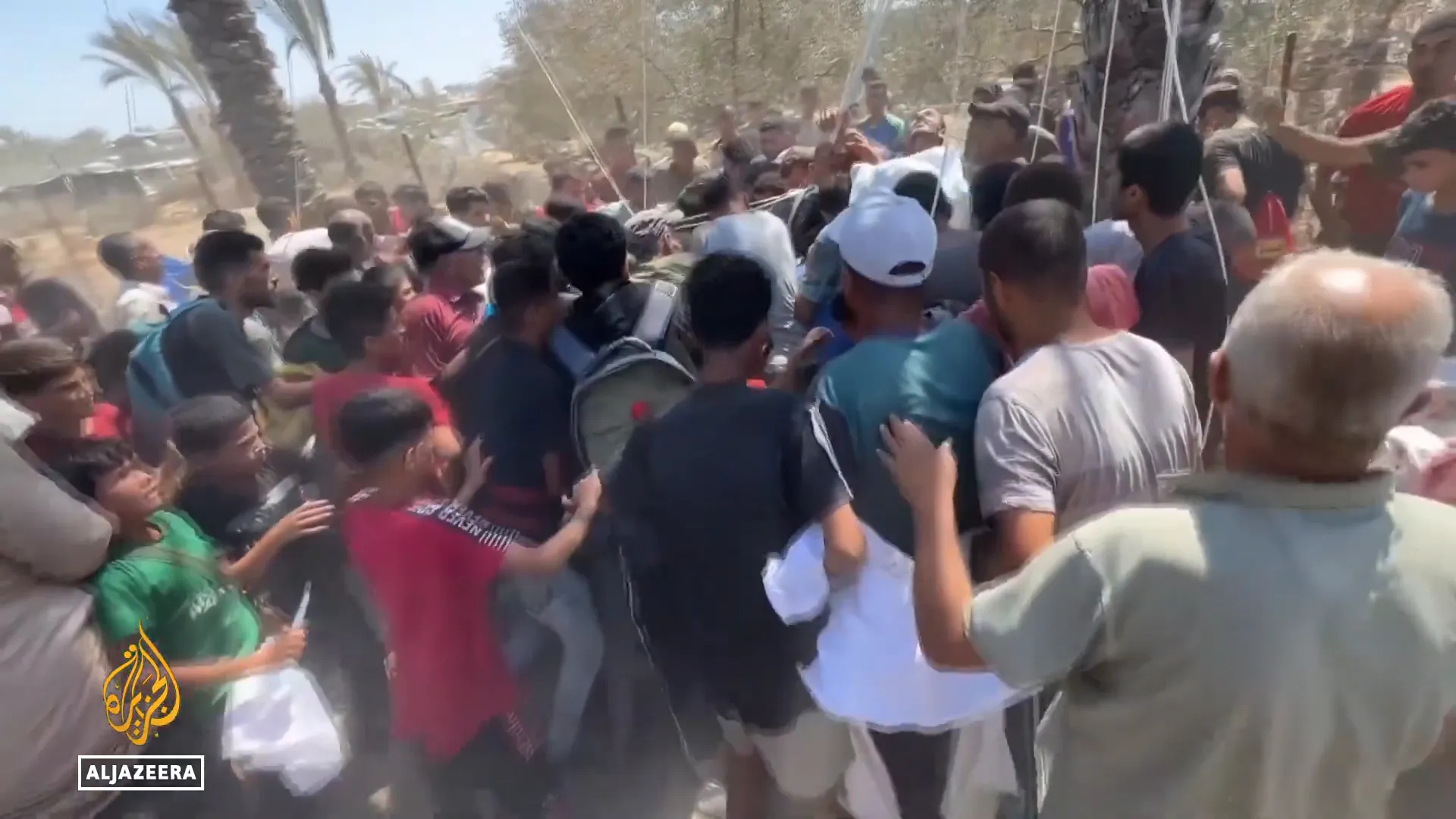
One Palestinian described the degrading experience, saying, "We're like dogs chasing after a bone." Another questioned, "Why do they throw things like that?" Many express that they do not want help delivered in this manner, feeling that it strips them of their dignity.
"I went and my children prayed that I return with food. They haven't eaten or drank anything for two days. This breaks me, the fact that they're waiting for me to feed them."
Criticism of Airdrops: Ineffective and Dangerous
Humanitarian organizations have been vocal in their criticism of the airdrops, describing them as both ineffective and largely symbolic. The amount of aid delivered by air pales in comparison to what ground transport can achieve. For instance, a plane can carry only about a quarter of what a truck can, with trucks averaging around forty tons per load.
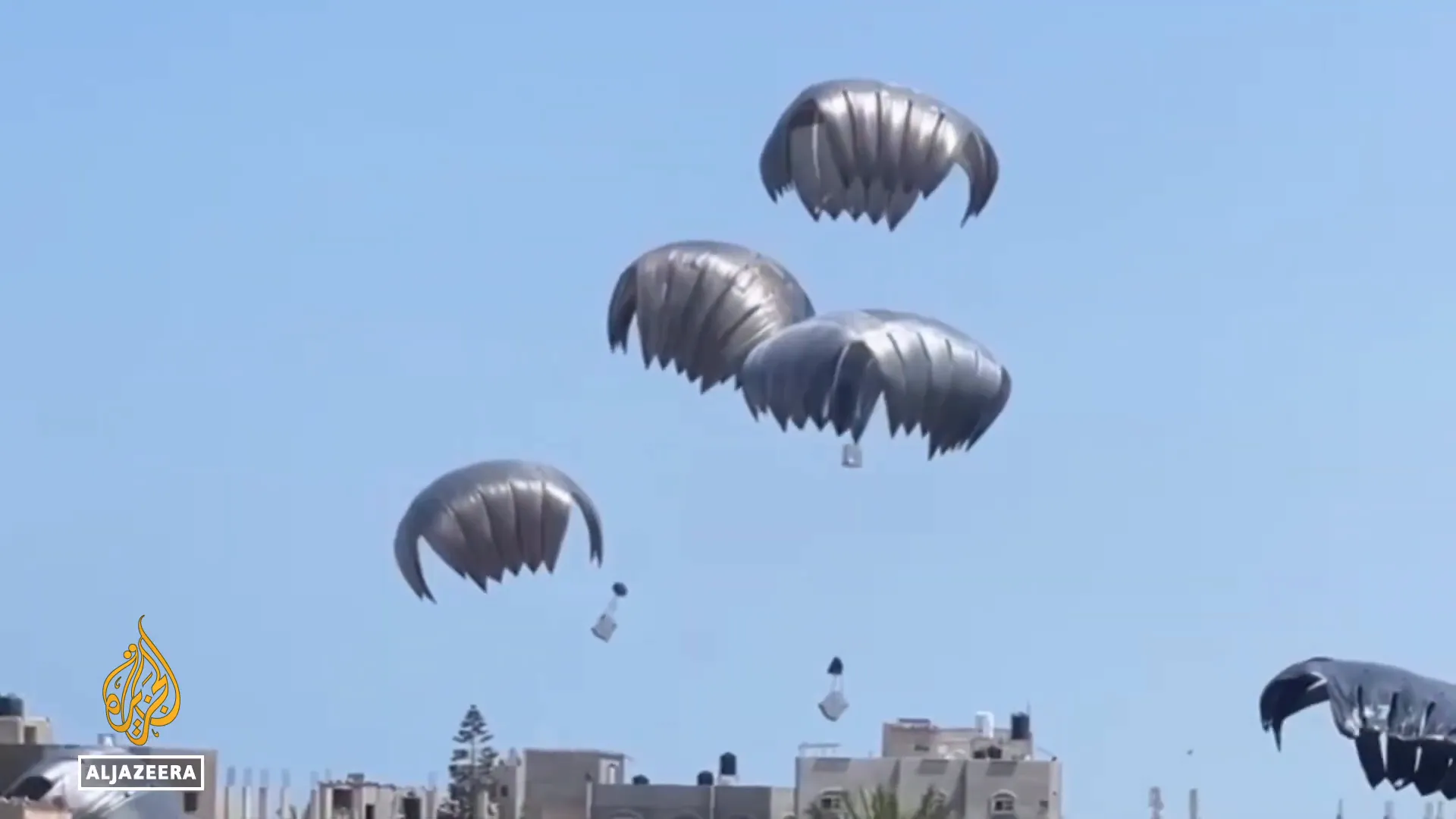
Beyond quantity, the airdrops pose significant risks. They land in densely populated and sometimes active combat zones, leading to injuries and even fatalities. Reports have confirmed that people have been hurt, wounded, and killed on the ground due to the way aid is dropped.
Moreover, there is no effective system on the ground to prevent looting or ensure that aid reaches the most vulnerable. This lack of coordination further diminishes the impact of the assistance provided.
International Involvement and Israeli Control
Several countries, including the United Kingdom, Spain, France, Germany, and Jordan, have participated in airdrop missions over Gaza. However, Israel maintains strict control over the entire airspace above the Gaza Strip. This control extends to all aspects of the airdrop process: flight plans, timing, cargo types, and quantities.
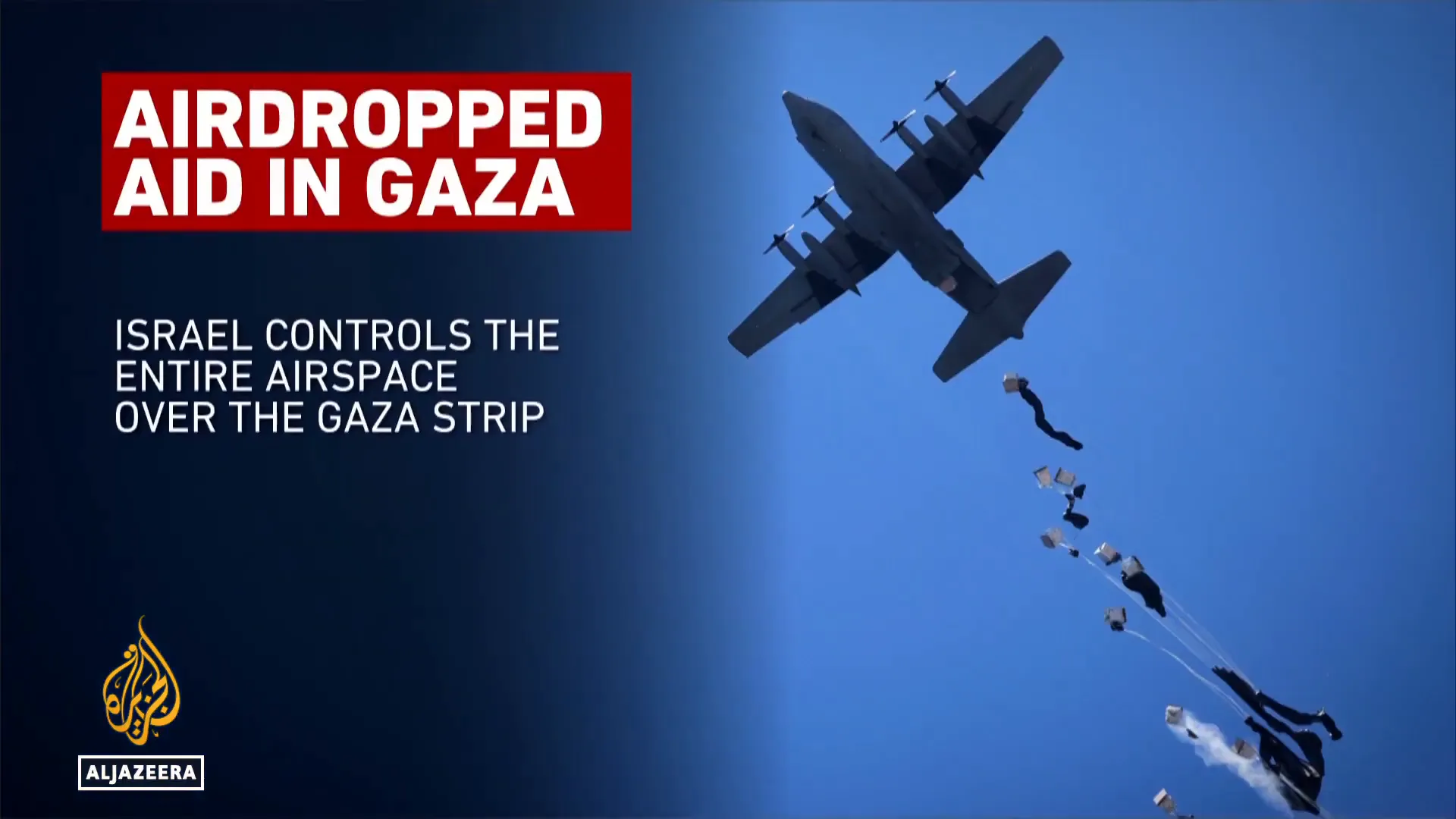
International journalists have been allowed to board some of these aid flights, but under stringent restrictions. They are prohibited from filming Gaza from the air, and there have been reports that Israel could halt flights if any rules are broken.
The Broader Context: Starvation as a Weapon
Despite growing international political pressure on the Israeli government, these airdrops have done little to halt what many describe as a deliberate policy of genocide by starvation against Palestinians in Gaza. The limited and controlled nature of the aid highlights the ongoing siege and blockade that continues to restrict access to essential goods and services.
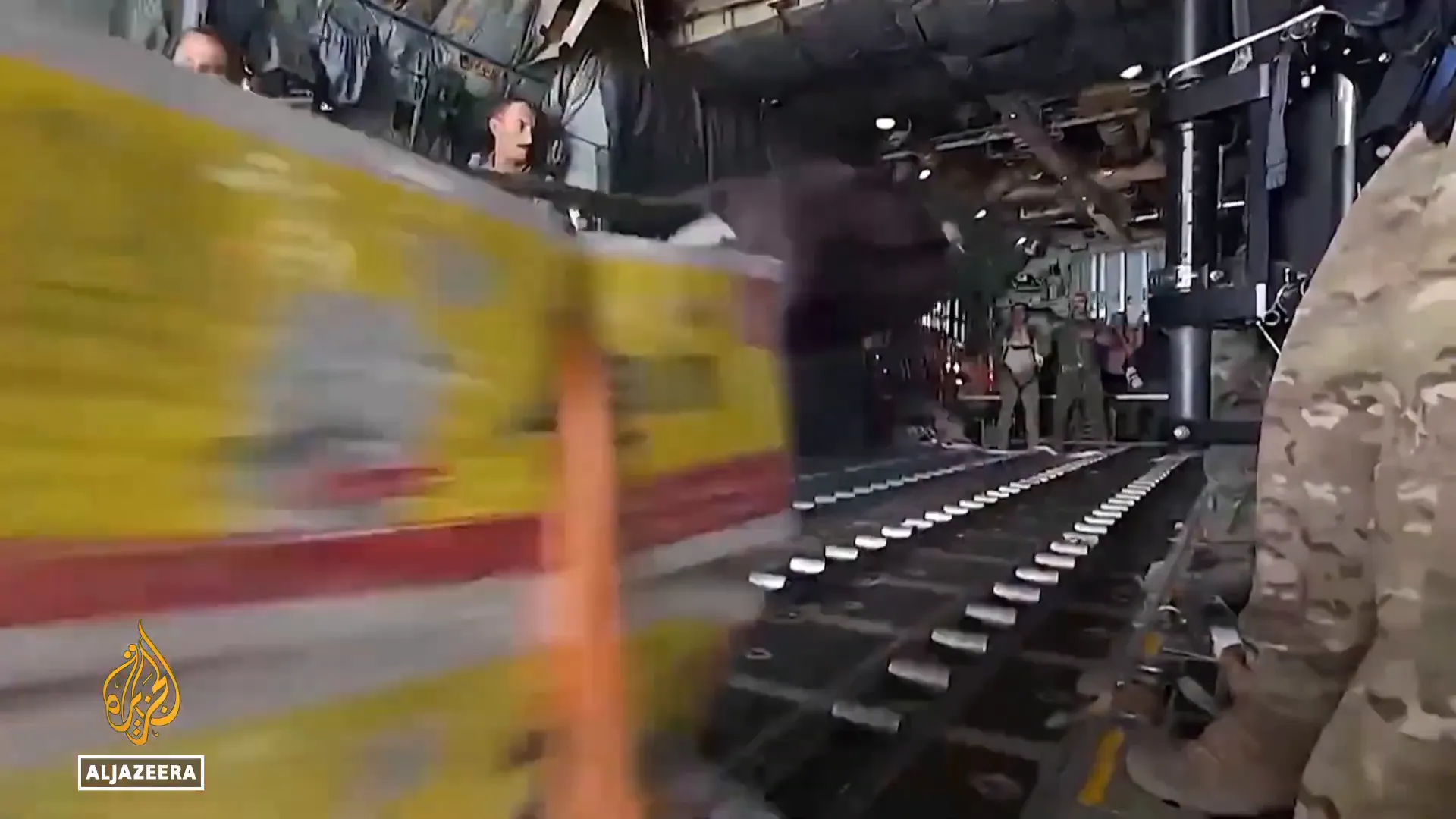
Conclusion
The airdrops over Gaza, while presented as a humanitarian solution, fall short of addressing the dire needs of the population. They are fraught with logistical challenges, dangers, and indignities for the people they aim to help. Until the blockade and control over Gaza’s airspace and borders are lifted, the cycle of starvation and suffering is likely to continue unabated.
Understanding the complexities and realities behind these airdrops is crucial in pushing for more effective and dignified humanitarian assistance for Gaza’s population.
Frequently Asked Questions (FAQ)
Why are airdrops used to deliver aid to Gaza?
Airdrops are used as a last resort when ground access is restricted or impossible due to security concerns or blockades. They aim to deliver essential supplies quickly to people in need.
What are the main criticisms of the airdrops?
Aid agencies criticize airdrops for being unsafe, insufficient in quantity, and humiliating for recipients. The aid often lands damaged, and there is no reliable system to distribute it fairly on the ground.
Who controls the airdrops over Gaza?
Israel controls the entire airspace over Gaza, including flight plans, timing, and the amount and type of aid that can be dropped.
Are airdrops effective in addressing the hunger crisis in Gaza?
No. Airdrops deliver only a fraction of the aid that ground transport can and often fail to reach those most in need due to logistical and security issues.
What risks are associated with airdrops?
Airdrops can cause injuries and fatalities when aid pallets crash in populated or conflict areas. They also contribute to chaos and potential looting on the ground.
Which countries have participated in airdrop missions over Gaza?
Countries such as the UK, Spain, France, Germany, and Jordan have conducted airdrop missions as part of international aid efforts.